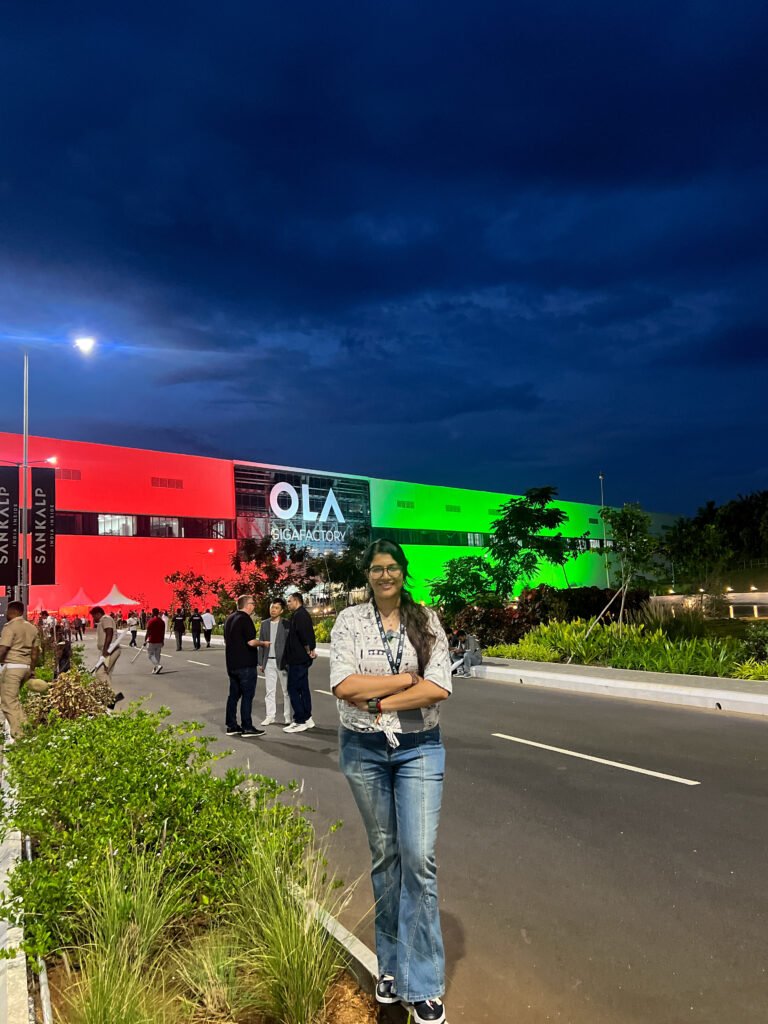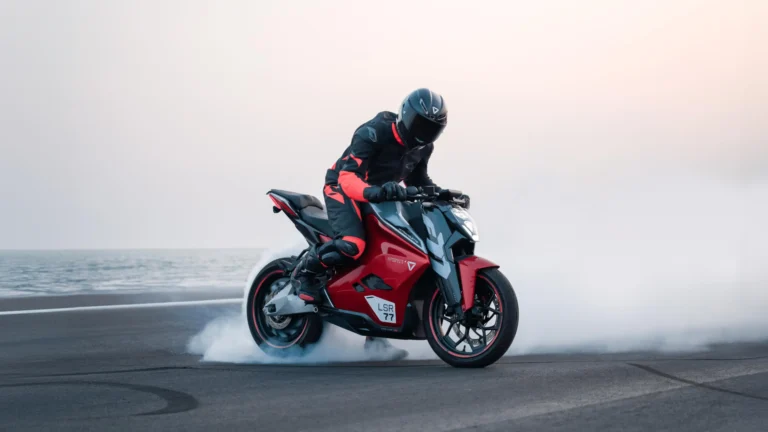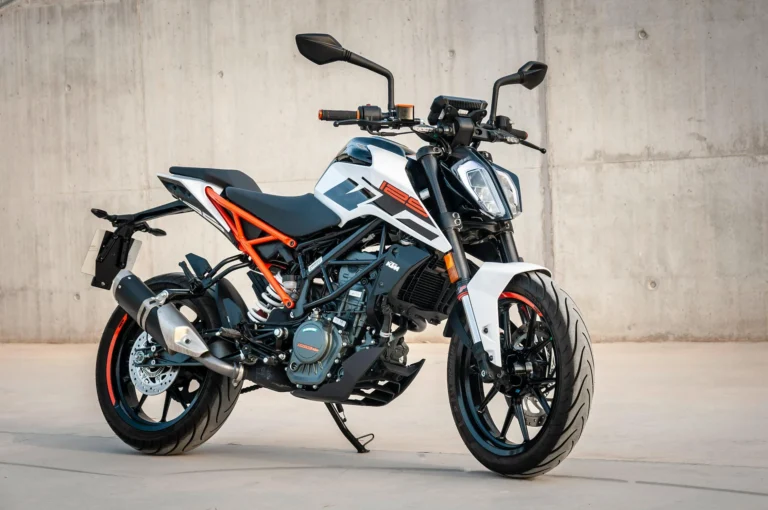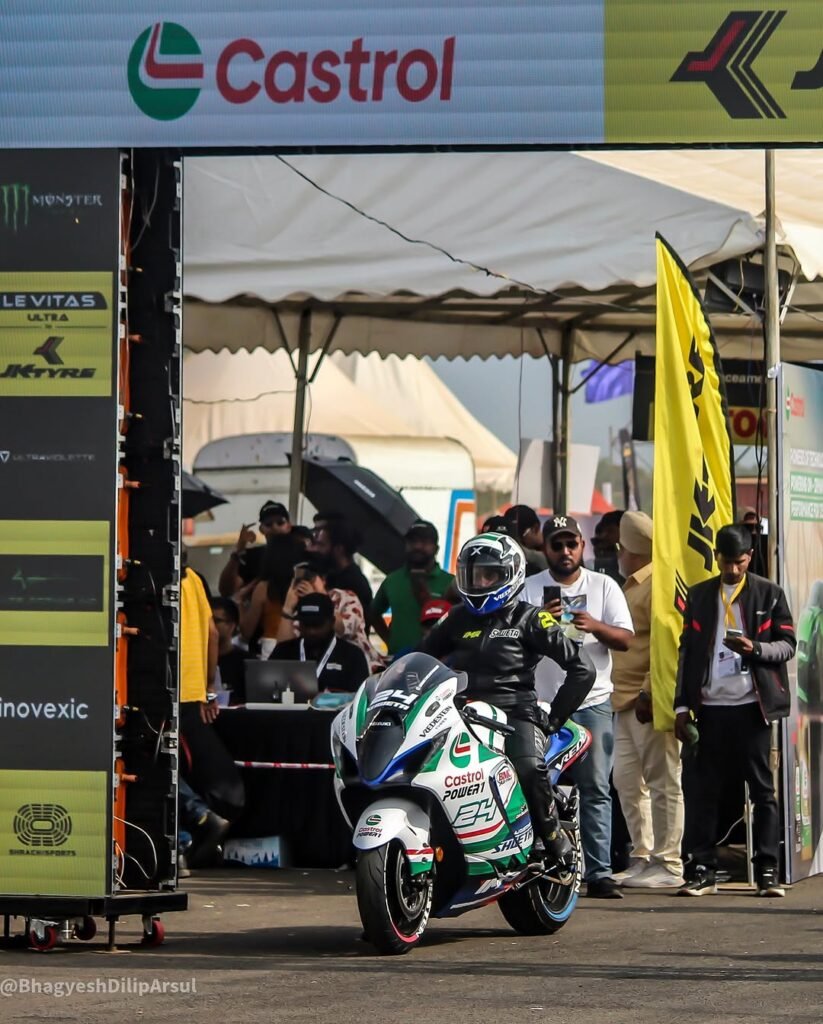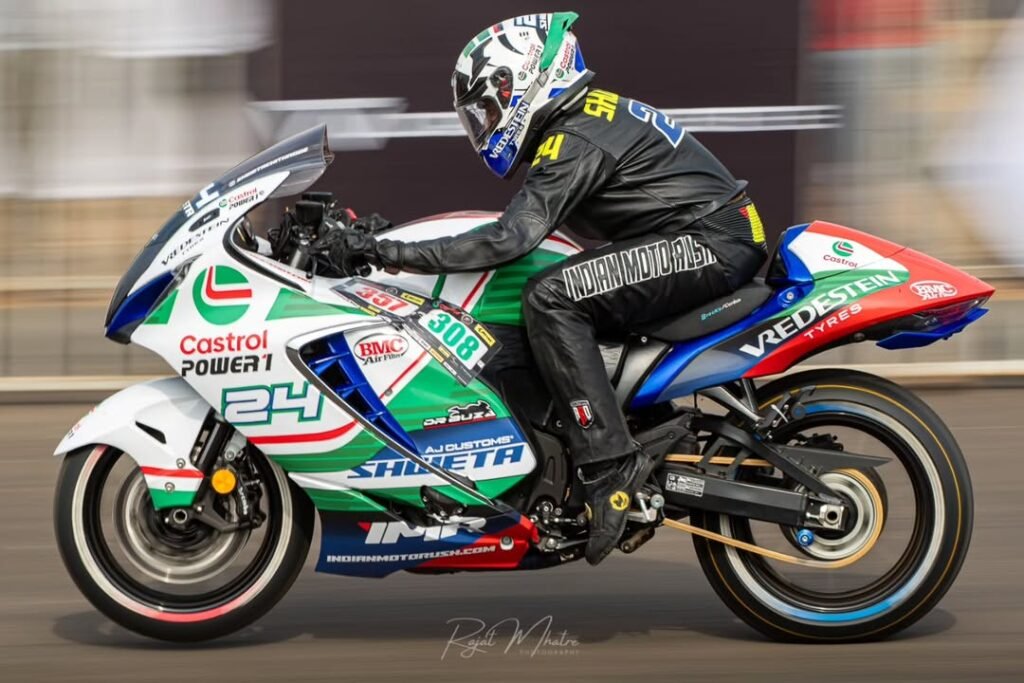Ola Electric hosted its much-awaited Sankalp 2025 event on August 15, 2025, unveiling a series of innovations that underline its “India Inside” vision for electric mobility. Held at Ola’s Gigafactory in Krishnagiri, Tamil Nadu, the event showcased not only product launches but also Ola’s ambition to reduce dependency on imports and build a fully indigenous EV ecosystem.
From the 4680 Bharat Cell to MoveOS 6, a rare earth-free Ferrite motor, and teasers of futuristic two-wheelers, Sankalp 2025 was designed to excite both EV enthusiasts and everyday riders. Let’s break down the highlights.
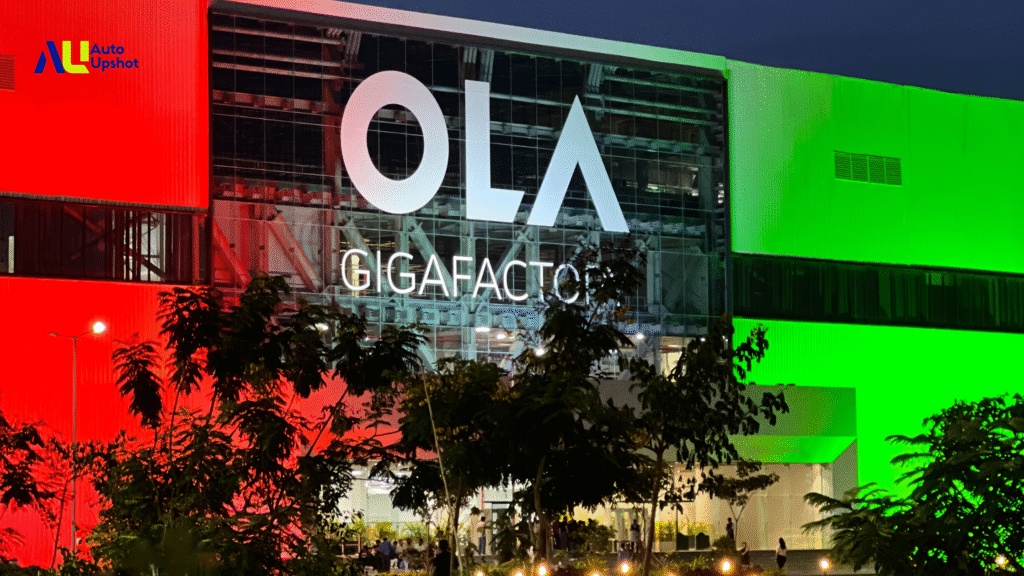
The 4680 Bharat Cell – Ola Sankalp 2025 Powering India from Within
One of the biggest announcements was the unveiling of the 4680 Bharat Cell, Ola’s first indigenously developed lithium-ion cell. Built at the Gigafactory, this cell promises:
- Higher energy density → Better range and performance
- Improved efficiency → Faster charging and longer lifespan
- Reduced import reliance → Strengthening India’s self-sufficiency in EV technology
This step is crucial, as India’s EV sector has long been dependent on imported battery cells. Ola’s Bharat Cell could change the game by bringing down costs in the long run and making EVs more accessible.
Watch Quick Round-Up Reel Here.
Rare Earth-Free Ferrite Motor at Ola Sankalp 2025
Another highlight was the introduction of a Ferrite motor that eliminates the need for rare earth magnets. This is a big move because rare earth materials are expensive, environmentally challenging to mine, and mostly sourced from limited global suppliers. By going rare earth-free, Ola aims to:
- Lower motor production costs
- Reduce supply chain risks
- Push for greener, more sustainable EV technology
If the motor performs as claimed, this could become a benchmark for India’s EV industry.
Ola Sankalp 2025: Game-Changing Launches at the Event
Ola Electric’s Sankalp 2025 event was more than just a product showcase, it was a bold statement of intent. From futuristic motorcycles that look straight out of science fiction to AI-powered operating systems designed to make electric vehicles smarter and safer, Ola has set the stage for the next era of Indian mobility. Here are the most exciting OLA launches of this year.
1. Diamondhead – Chasing Singularity
Ola’s most ambitious project yet, the Diamondhead, is not just a bike – it’s a moonshot. Designed to chase perfection across every aspect of motorcycling, the Diamondhead blends futuristic design, aerospace-grade materials, and cutting-edge AI integration.
Highlights include:
- Hub-centered steering for precision handling.
- Lightweight alloys and composites for aerodynamics.
- AR-enabled headgear that connects rider and machine like never before.
With blistering acceleration—0 to 100 kmph in just 2 seconds—the Diamondhead is powered by Krutrim Silicon and MoveOS. Ola plans to launch it in 2027, with a price tag under ₹5 lakh.
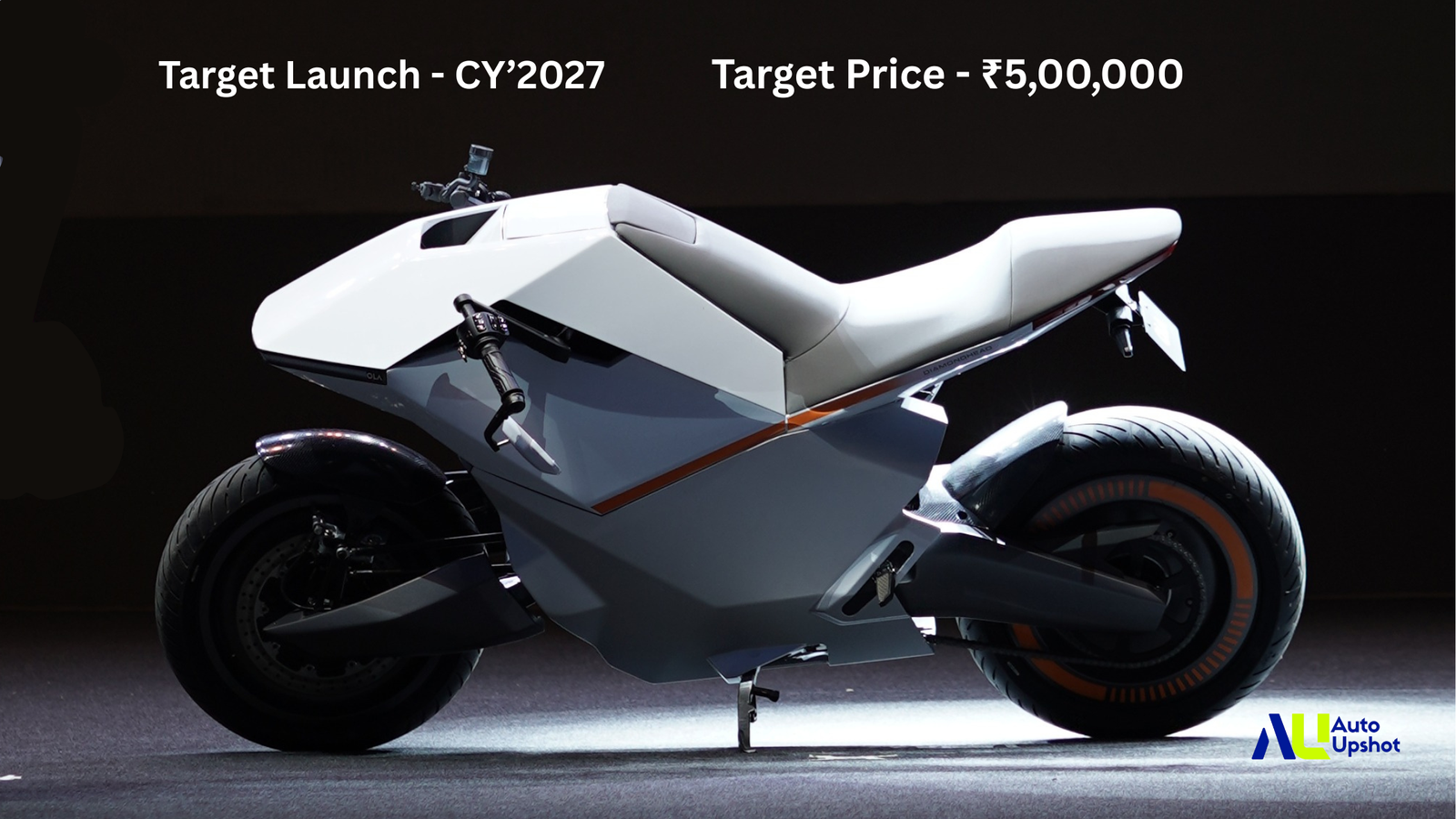
2. S1 Pro Sport – All Rounder, All Sport
The S1 Pro Sport takes Ola’s performance scooter game to the next level. Packed with sporty upgrades like gas-charged suspension, 14-inch wider tyres, and carbon fibre detailing, it offers a dynamic riding experience with improved comfort and grip.
It also comes with advanced safety features powered by MoveOS 6, including:
- Adaptive Cruise Control
- Front Collision Warning
- Lane Departure Warning
And for the tech-savvy rider, the front camera lets you record rides—or even livestream them. With a 16kW motor, a 5.2kWh 4680 Bharat Cell battery, and a top speed of 152 kmph, this scooter redefines the category. Priced at ₹1,49,999, deliveries begin January 2026.
3. S1 Pro+ – Performance Meets Accessibility
For riders who want performance without going all the way to the Sport model, Ola also launched the S1 Pro+. Powered by the same 4680 Bharat Cell, it delivers:
- 13kW peak motor power
- 320 km IDC range
- 141 kmph top speed
It accelerates from 0–40 kmph in just 2.1 seconds. The introductory price is ₹1,69,999, with festive discounts under the Sankalp Special offer. Deliveries start this Navratri.
4. Roadster X+ – Built for the Long Ride
The new Roadster X+ motorcycle offers long-range capability with a 9.1kWh battery powered by 4680 Bharat Cell technology.
Key specs:
- 11kW motor
- 501 km IDC range
- 125 kmph top speed
- 0–40 kmph in 2.7 seconds
With a launch price of ₹1,89,999 (plus festive discounts), this bike is aimed at riders who want both range and performance. Deliveries also start this Navratri.
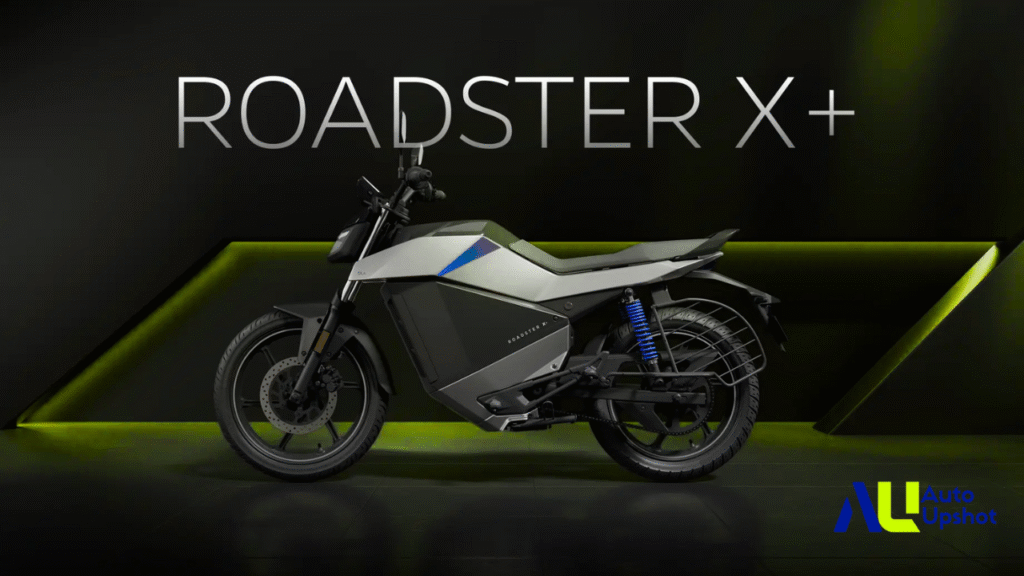
5. MoveOS 6 – Powered by AI
Alongside its vehicles, Ola unveiled MoveOS 6, the latest version of its in-house operating system. This update puts AI at the heart of the EV experience, acting as a ride coach, assistant, and guardian for every rider.
Key features include:
- AI-powered personalized coaching for efficient riding.
- Safety upgrades like Adaptive Cruise Control, Front Collision Warning, and terrain-specific ABS.
- A multilingual interface in 11 Indian languages.
- Mood Imagine+, which lets you customize the riding experience with themes like Kerala Monsoon or Rann of Kutch.
MoveOS 6 will be available from early 2026, making Ola EVs smarter and more connected than ever.
Together, these vehicles highlight Ola’s intent to expand its EV portfolio and cater to different segments of Indian riders.
Will It Transform the Indian Market?
While the announcements are ambitious, the real test lies in execution. Questions remain:
- Can the Bharat Cell deliver consistent performance at scale?
- Will the Ferrite motor match the efficiency of rare earth-based alternatives?
- Can MoveOS 6 truly improve rider experience in daily Indian traffic conditions?
If Ola delivers on its promises, Sankalp 2025 could mark a turning point for India’s EV industry. But skepticism is natural, given past challenges with product rollouts and supply chain delays.
Final Thoughts – Bold Promises, Execution Will Decide
Ola Sankalp 2025 showcased ambition, innovation, and a clear India-first vision. The Bharat Cell, Ferrite motor, and MoveOS 6 show strong potential, while the S1 Pro+ and Diamondhead tease Ola’s futuristic roadmap.
Sankalp 2025 is a step in the right direction, but whether these innovations truly reshape the Indian EV market will depend on real-world performance and timely execution.

